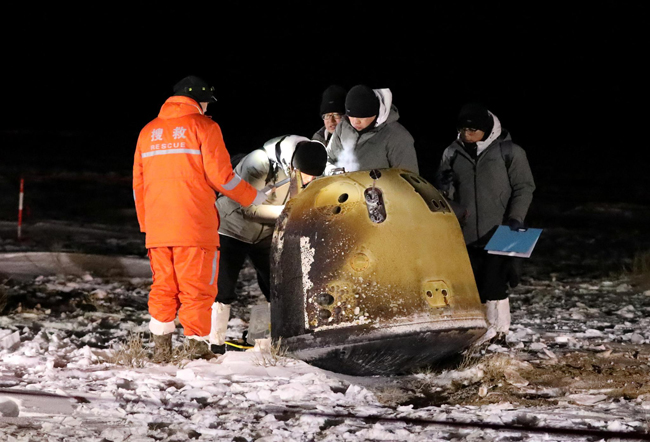Beijing … News time
China’s space mission Chang’E 5 has discovered water on the surface of the moon, and this is the first time that scientists have discovered fluid at any location on Earth’s satellite. In a study published in the journal Science Advances, Chinese scientists reported that Chang’E5 Lander discovered water molecules, or hydroxyl, a close cousin chemical of H2O. Chang’E5 analyzed landing site samples using a spectrometer. The analysis found that the accumulation of water on the surface of the moon is less than 120 parts per million, which indicates that the surface of the moon is much drier than the earth. Chinese scientists believe that most of these molecules accumulated on the moon during solar wind implantation.
Earlier in 2018, a study by the US space agency NASA found evidence of the presence of water in the moon’s sunlight-illuminated parts, but it was a virtual study using an airborne infrared telescope. For decades, scientists believed that the moon was completely dry, with no atmosphere, and that the water’s molecules were not protected by the sun’s intense radiation. NASA had said in its research that if the amount of water discovered on the surface of the moon is compared to that of the Sahara Desert, then there is 100 times more water in this desert. How water was created and maintained on the difficult and windless surface of the moon. Needless to say, water is a valuable resource in the depths of space and is the most important component of life, yet it remains to be seen whether the water discovered on the moon is easily accessible for use.
When astronauts first landed on the moon in 1969, it was thought to be completely dry, but over the past 20 years, various missions have confirmed snow in dark pits in the moon’s Polar Regions. During these missions, evidence of every hydration on the surface of the moon’s bright spots was discovered, but they could not identify whether it was H2O or OH.




